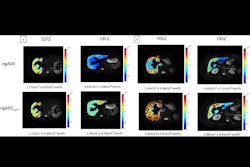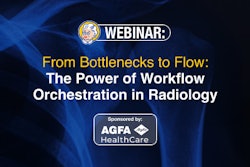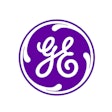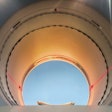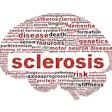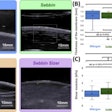More in Home
GEHC, European Society of Radiology renew ECR collaboration
February 12, 2024
Philips to spotlight helium-free MRI options at ECR 2024
February 9, 2024
Royal Marsden to implement RaySearch tech for OART
February 9, 2024
ETH researchers develop MRI method for better MS diagnosis
February 6, 2024
Lucida Medical teams with U.K. groups to develop Pi platform
January 31, 2024
Fuse-AI secures EU regulatory approval
January 31, 2024
Agfa secures 7 DR system contract with Oman's Ministry of Health
January 29, 2024
Elastography tracks stiffness changes in breast implants
January 29, 2024
ClearPoint Neuro devices get the green light
January 25, 2024
Vertex in Healthcare unveils radiology information system
January 23, 2024
Global societies issue statement on use of radiology AI
January 22, 2024






